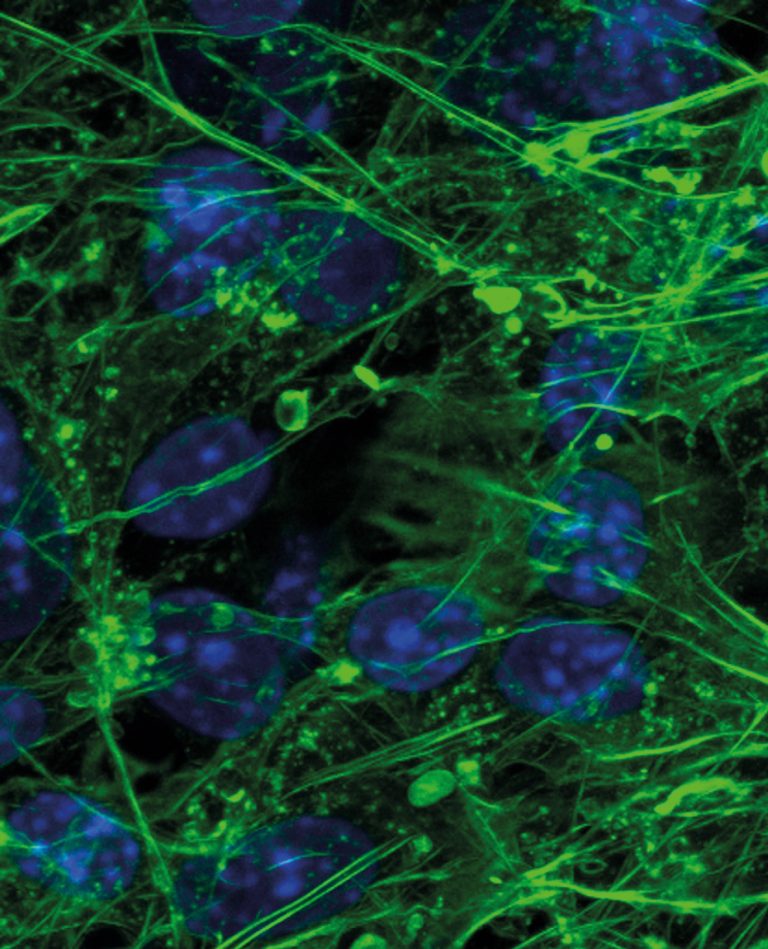
Julia Oxford, a biology professor, and David Estrada, an associate professor in the College of Engineering, were recently featured for their work with Professor Ilia Solov’yov of Carl von Ossietzky University, Germany, in Scientia. The group is researching the interaction between graphene and human cells, with the goal of using tissue engineering to rebuild damaged tissue, particularly in the case of osteoarthritis.
An excerpt from the feature, titled “The Thinnest of Materials May Hold a Cure for Osteoarthritis,” reads: “Since the turn of the century, a myriad of exciting applications for graphene have emerged. Amongst the most exciting might be its use as a scaffold for promoting tissue growth in the treatment of various medical conditions, including osteoarthritis. Researchers at Boise State University in the USA and Carl von Ossietzky University of Oldenburg in Germany are gaining a greater understanding of the interactions between graphene and cells, towards the development of implantable graphene-based devices that can rebuild damaged tissue.” To learn more, view the article here.
Enabled by recent National Institutes of Health Idaho INBRE (P20GM103408) and Center of Biomedical Research Excellence in Matrix Biology (P20GM109095) grants, Oxford and Estrada are establishing a bioprinting facility as part of the Biomolecular Research Center Bioengineering Core. The facility will further enable the direct printing of advanced bioscaffolds seeded with stem cells to advance tissue engineering research on the Boise State campus.